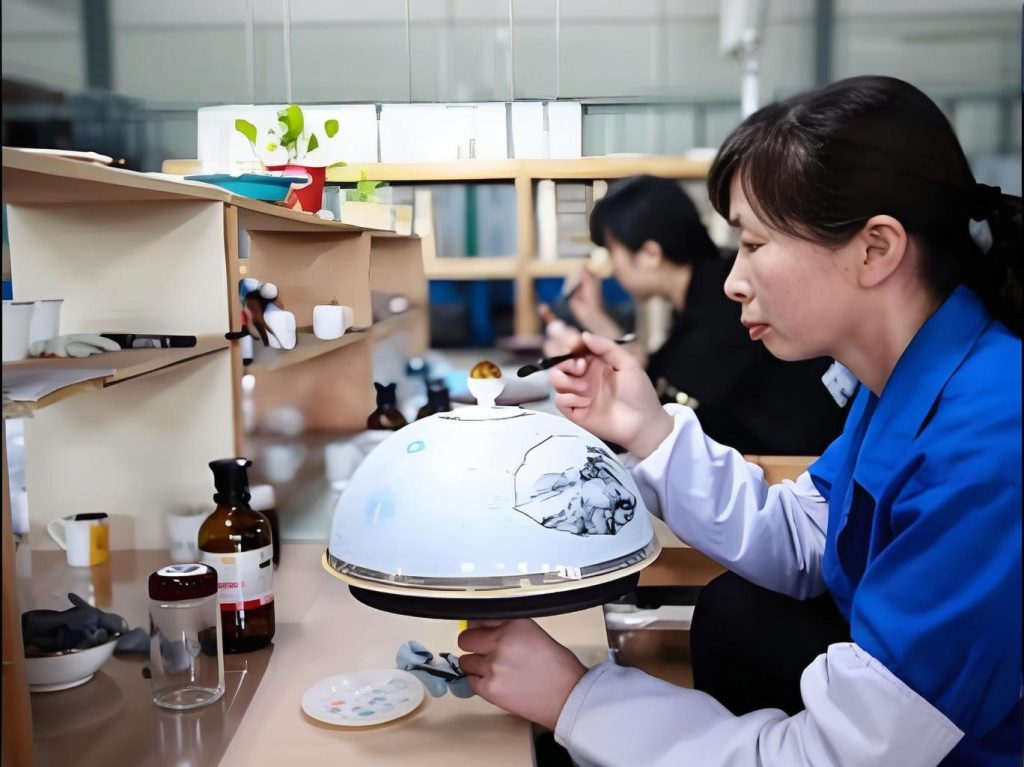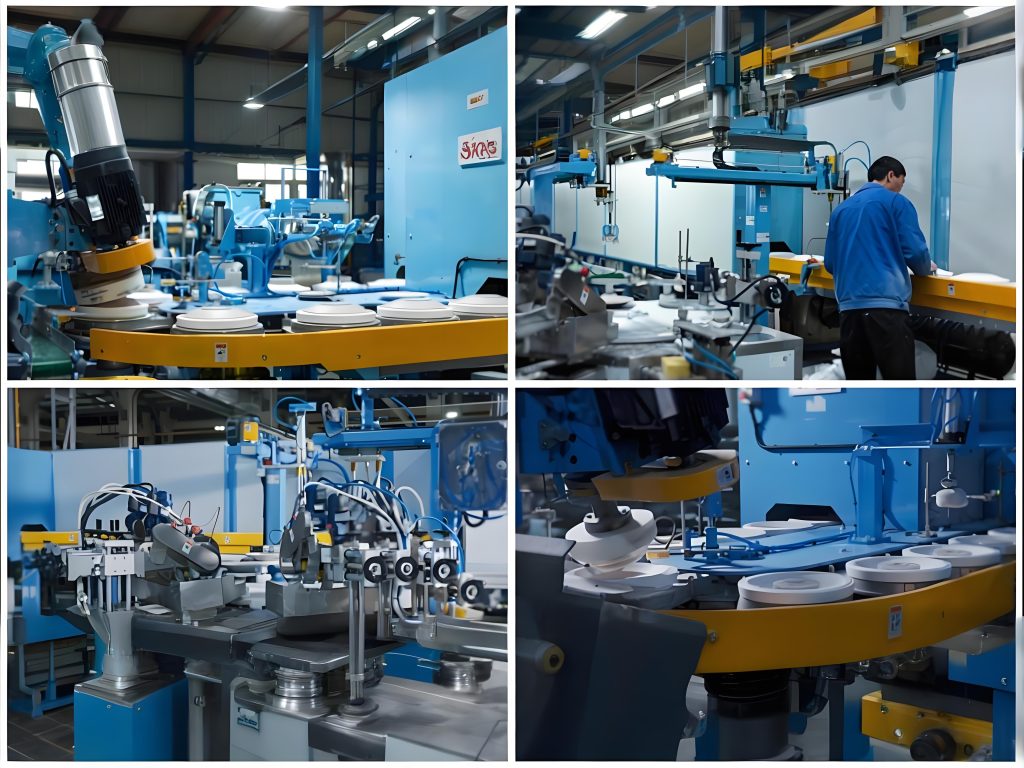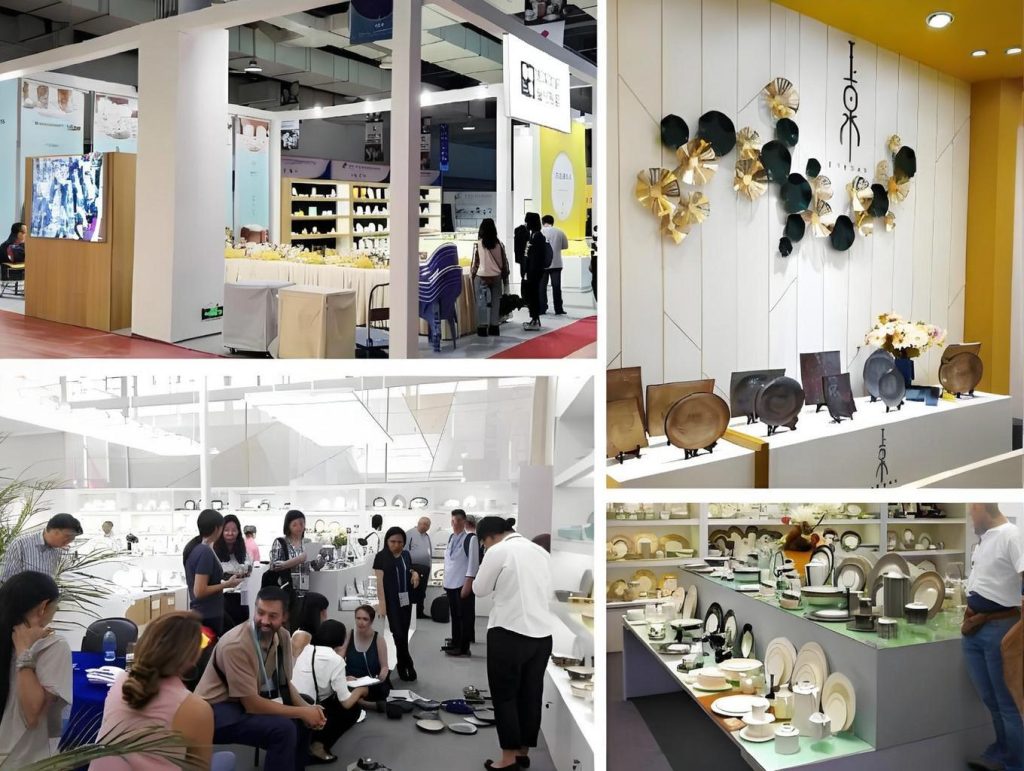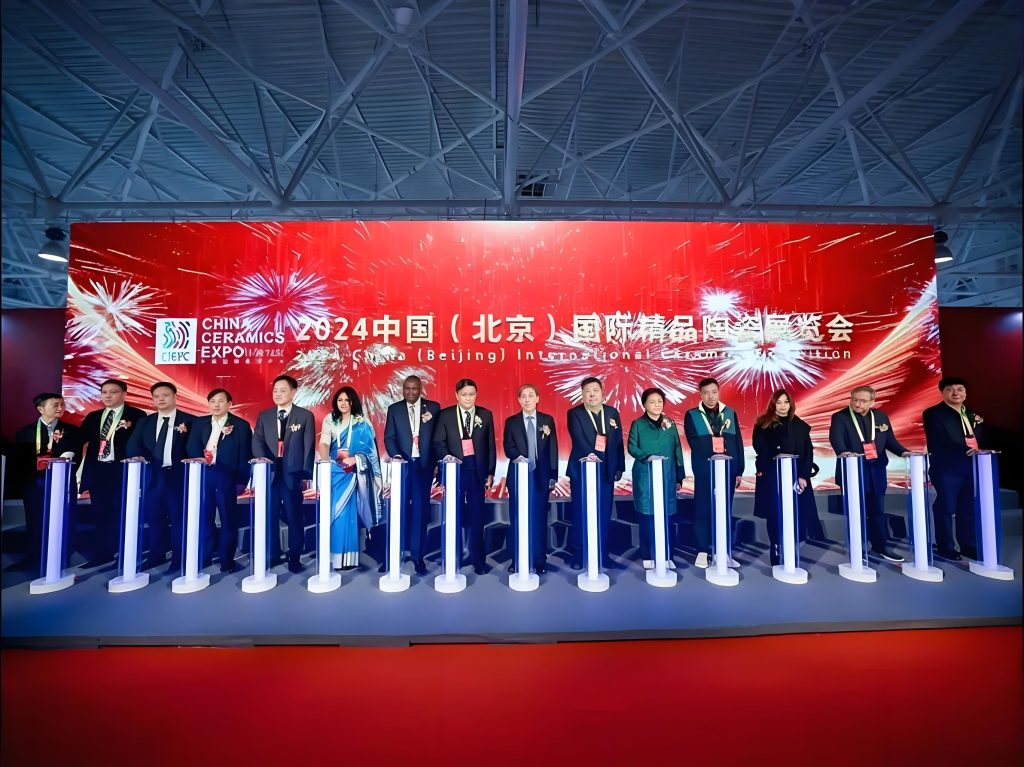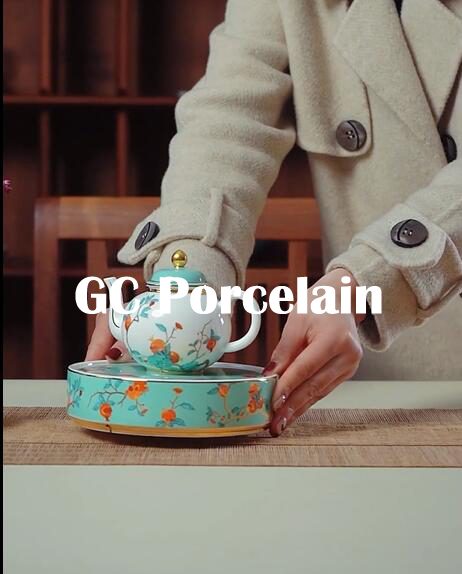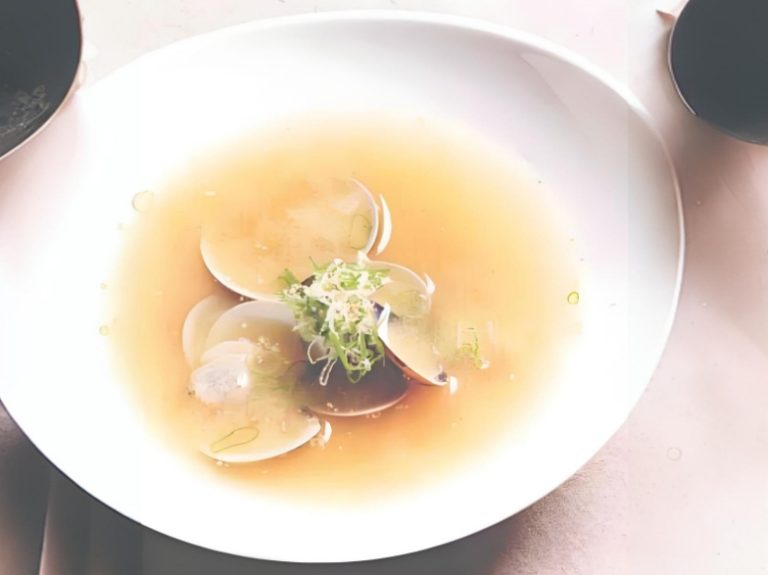When Sushi Meets Ceramics: Secrets About Tableware You Never Noticed
Last week at a new Japanese restaurant, my friend paused mid-bite. “Notice something? High-end sushi places have plates that just… feel different.”
Sounds mystical, right? But she had a point.
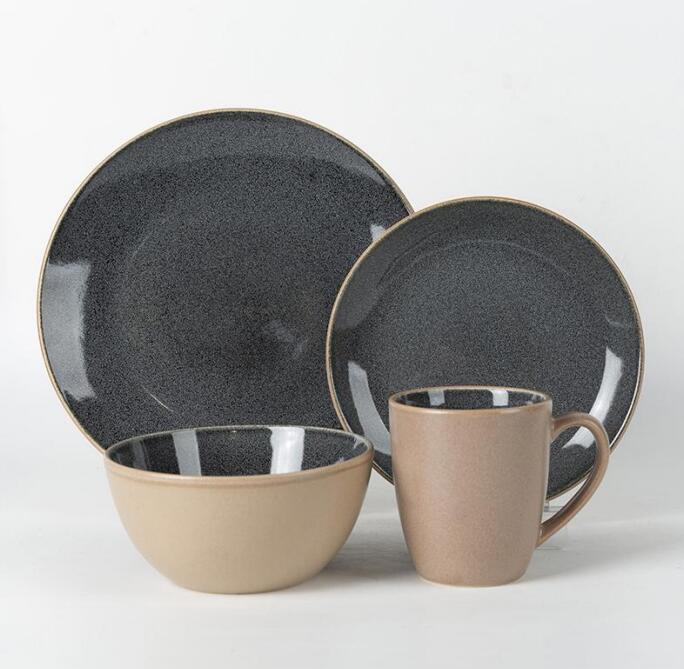
Reddit’s “Plate Appreciation Post” Went Viral
On r/sushi, one post exploded. A user shared their restaurant’s new tableware. Caption: “Finally ditched those industrial white plates. Customer photos doubled.”
Comments lit up:
“I literally judge restaurants by ugly dishes.” (367 upvotes)
“Our boss imported handmade ceramics from Japan. Cost five times more. Now people come just for Instagram shots.” (289 upvotes)
“Cheap versus premium tableware? Like fast fashion versus tailored suits. Outsiders can’t tell. But the vibe hits different.” (512 upvotes)
This reminded me of a Quora question. “Why do Japanese sushi restaurants obsess over ceramic tableware?”
A Tokyo chef with ten years’ experience answered:
“In Japanese cuisine, food is 60%. The other 40%? Presentation. How you plate it. What you serve it on. Same sushi on a rough white plate versus handcrafted glazed ceramic? Completely different customer expectations.”
Not mystical. Just restaurant psychology.
Why Ceramics Over Other Materials?
On r/restaurateur, someone asked: “Why not wood, stone, or glass?”
Top answer broke it down:
- Wood: Absorbs odors. Hard to clean. Hygiene risks.
- Stone slabs: Look premium. Too heavy. Break easily. Cost ten times more than ceramic.
- Glass: Clean, yes. But lacks warmth. Sushi emphasizes natural ingredients. Cold glass feels wrong.
Ceramics?
“They balance handcrafted feel with mass production. Durable yet versatile in texture. Key point? Ceramics absorb environmental essence. See those aged plates at century-old sushi spots? Not dirt. Tea stains. Soy sauce. Time’s signature.”
Suddenly made sense. Why old restaurants keep cracked plates. Not poverty. Living artifacts.
Import from Japan vs. Local Tableware Manufacturer
Quora debate: “Should sushi restaurants import Japanese tableware or source locally?”
A Los Angeles restaurateur with three locations shared his journey:
First restaurant: Chased authenticity. Ordered Arita-yaki ceramics from Japan. Result?
- Shipping + customs + breakage tripled costs.
- One broken plate? Two-month wait for replacement.
- Customers couldn’t distinguish Japanese from local.
Second restaurant: Found American tableware manufacturer. Custom “Japanese-style” ceramics. Result?
- Cost dropped to one-fifth.
- Seven-day restocking.
- Could adjust sizes per menu.
Third restaurant: Collaborated with designers. Tableware manufacturer created exclusive pieces. Now signature feature. Customers ask where to buy them.
His blunt conclusion:
“Unless you’re Michelin three-star, don’t worship ‘Made in Japan.’ Find the right tableware manufacturer. Get 90-point quality at one-third cost. That missing 10%? Customers never notice.”
Reddit’s “Disaster Stories”
Not everyone finds good suppliers. r/KitchenConfidential has a famous “tableware fails” thread:
Case 1: Bought cheap ceramics
“Looked decent. Two months later, glaze started peeling. Worst part? Customer found ceramic fragments in food. Health department visited.” (638 upvotes)
Case 2: Chose “too artistic” pieces
“Boss loved ultra-modern irregular plates. Plating looked stunning. Problems? Servers couldn’t balance them. Dishwasher couldn’t fit them. Customers felt like art critics, not diners.” (412 upvotes)
Case 3: Ignored practical use
“Bought deep ceramic bowls for sushi. Customers couldn’t reach the bottom. Had to use fingers. Social media roasted us for ‘most anti-human design.’” (521 upvotes)
Common thread: Prioritized aesthetics. Ignored functionality.
A restaurant consultant on Quora nailed it:
“Three golden rules for choosing tableware:
- Can servers carry it one-handed? (Weight + balance)
- Dishwasher-safe? (Size + heat resistance)
- Easy customer use? (Depth + rim design)
Meet these first. Then consider beauty.”
Professional Details Insiders Know
Digging through Quora and Reddit revealed expert sushi restaurants follow hidden rules:
1. Glaze Selection
- Glossy: Modern style. Makes food colors pop.
- Matte: Handcrafted feel. Shows tea stains (some restaurants consider this character).
- Half-glazed: Unglazed bottom prevents slipping. Adds earthiness. Premium places love it.
2. Shape Strategy
- Rectangular plates: Perfect for nigiri rows. Photogenic.
- Round deep bowls: Ideal for gunkan-maki, temaki.
- Irregular shapes: Great for sashimi platters. Costly (tableware manufacturer needs custom molds).
3. Color Rules
Reddit Japanese chef explained:
“White works everywhere. Also most boring. Dark tones (black, gray, navy) make fish ‘jump out.’ But avoid pure black—too oppressive. Hand-painted dark ceramics work best.”
4. Quantity Secrets
Rookie mistake: buying one set of each style.
Professional approach:
- Primary pieces: 1.5x peak capacity (accounts for washing cycles).
- Specialty pieces: Small quantities for surprise factor.
- Backup: Cheap durable white plates for emergencies.
One “Counter-Intuitive” Observation
Interesting phenomenon from Quora.
A ceramicist explained:
“Many assume sushi restaurants want ‘flawless’ ceramics. Actually, Japanese wabi-sabi philosophy celebrates imperfect beauty. Pieces with slight color variations, uneven glaze, tiny cracks? True connoisseurs treasure these more.”
Reminds me: Not all flaws are defects. Sometimes they prove something was thoughtfully crafted.
Doesn’t mean accepting poor quality. Difference: natural imperfections versus cutting corners. Why choosing the right tableware manufacturer matters. Reliable suppliers explain: what’s artistic effect versus quality issue.

Final Thoughts
Next sushi visit, check the plates.
Industrial white ceramics? Probably chain restaurant standard.
Warm-textured, unevenly glazed pottery? Owner invested thought.
Plates showing subtle wear marks? You found a place that tells stories.
Sushi isn’t just rice and raw fish.
It’s treating food as art.
That ceremonial feeling hides in what you thought was “just a plate.”
If you have any questions or need to custom dinnerware service, please contact our Email:info@gcporcelain.com for the most thoughtful support!

